Valsalva Maneuver
The Valsalva maneuver is a physiological response that occurs when a person attempts to exhale forcefully while keeping the mouth and nose closed, creating a closed airway. This maneuver is named after Antonio Maria Valsalva, an Italian anatomist and physician who described it in the 18th century.
What is the Valsalva maneuver?
The Valsalva maneuver is a physiological response characterized by forceful exhalation against a closed airway, which can have various effects on the body and is used in medical diagnosis, exercise, and other applications.
Supraventricular tachycardia (SVT) is a rapid, noninvasive cardiac rhythm that can be treated with the Valsalva maneuver. When trying to restore your cardiac rhythm, it may be the initial option before considering medication or another operation. When doing the Valsalva maneuver, you expel air while keeping your mouth and nostrils closed (much as when having a bowel movement).
After your provider instructs you on the Valsalva maneuver, you should perform it. Additionally, they’ll be able to tell if you have the kind of irregular cardiac rhythm that responds to this technique.
Why is the Valsalva maneuver used?
The Valsalva maneuver might be used by your doctor to diagnose or treat you. The Valsalva manoeuvre can:
- Stop supraventricular tachycardia (SVT), an abnormal cardiac rhythm, by lowering your heart rate.
- Assist your doctor in determining the type of heart murmur you have.
- Describe your heart failure to your healthcare physician.
- Assist in the diagnosis of further issues like venous illness or a varicocele (a bulging vein in the scrotum).
- Identify a problem with your autonomic nerve system, which regulates your breathing, heartbeat, and other bodily activities without your conscious involvement.
- Get anything that shouldn’t be there out of your middle ear.
Who should avoid the Valsalva maneuver?
If you have intraocular lens implants in your eyes, such as after cataract surgery, or retinopathy (a problem with the blood vessels in your retina), you shouldn’t use the Valsalva maneuver since it raises pressure in your gut and eyes.
If you have: You should be cautious when performing the Valsalva maneuver.
- Heart valve disease.
- Coronary artery disease.
- Congenital (since birth) heart disease.
How to Prepare for the Valsalva Maneuver?
Your doctor might give you a mouthpiece that attaches to a pressure-measuring apparatus. It could be necessary to breathe into the mouthpiece to cause the device’s plunger to float and reach a particular level. Your doctor will want to see a pressure of 40 mm Hg during the Valsalva maneuver to make a diagnosis.
How to do the Valsalva maneuver?
- Lie on your back or take a seat.
- Breathe in deeply.
- Strenuously exhale while closing your mouth and nose as if you were going to poop.
- For 15 to 20 seconds, hold.
- Breathe out from your mouth or your nose.
Supraventricular tachycardia (SVT) can be treated using two variations of the Valsalva maneuver:
Modified Valsalva Maneuver
Immediately after you stop straining, your healthcare professional will elevate your legs in the modified Valsalva maneuver. The regular Valsalva maneuver may not be as effective as this variation. One study indicated that while the modified version worked for 46% of people, the standard strategy only worked for 16% of people. The fact that your legs are raised may assist in more blood returning to your heart, making it more effective.
Reverse Valsalva Maneuver
You sit and inhale for 10 seconds while keeping your mouth and nostrils shut when performing the reverse Valsalva maneuver.
Valsalva maneuver phases:
Your blood pressure briefly increases when you are exerting yourself.
Your heart’s ability to pump blood is reduced, as well as your blood pressure. Your heart is pumping faster because less blood is returning to it. Your blood pressure returns to normal as your heart begins pumping more blood.
The abdominal and respiratory muscles contract during forced exhale, which causes a quick rise in intra-abdominal and intrathoracic pressures. Low venous return and CO are caused by the chest cavity’s blood arteries being compressed by high pressures.
As soon as you stop straining, your blood pressure lowers.
Compared to before the maneuver, your blood pressure rises. Your blood pressure returns to normal as well as the rate of your heartbeat.
What happens after the Valsalva maneuver?
Your rapid heart rate will settle down in approximately a minute if the Valsalva maneuver is successful, which happens 5% to 20% of the time. After three attempts, if it doesn’t successfully halt your supraventricular tachycardia, your healthcare practitioner will go on to the subsequent phases of treatment. Depending on your symptoms, vital signs, and the type of supraventricular tachycardia, these stages may involve carotid massage, medicines, or electric cardioversion.
Benefits of the Valsalva maneuver
A supraventricular tachycardia (SVT) can be stopped quickly and without medication by using the Valsalva maneuver. You won’t need any medication or cardioversion if it works.
When performing weightlifting activities that call for a stable core, strength, and conditioning trainers frequently suggest the Valsalva technique. People are instructed to carry out the maneuver during the lifting portion of the lift. Before beginning the exercise, participants should inhale, hold their breath during the most challenging part of the lift, and then exhale once the lift is finished. Education is crucial since poor breathing when lifting weights can have serious repercussions.
The Valsalva maneuver can lessen the risk of injury when lifting big objects. Only 4 to 5 lbs of pressure can be supported by the spine’s supporting ligaments before they start to deteriorate. The Valsalva maneuver helps the core muscles stabilize the spine and lessens the compressive pressure on the intervertebral discs when used during big lifts like the clean and jerk, bench press, and Roman deadlift.
Risks of the Valsalva maneuver
The Valsalva maneuver can be performed safely and without problems by the majority of persons.
Excessive straining can lead to a sudden increase in blood pressure, which may be dangerous for individuals with certain medical conditions, such as hypertension. It can also cause dizziness, fainting, or even damage to the heart in extreme cases.
The Valsalva maneuver often has no side effects, although some persons report the following:
- Chest pain.
- Fainting.
- dizziness
- light-headedness
- syncope
- Abnormal heart rhythms.
- Stroke.
What is the recovery time?
The Valsalva maneuver itself has a relatively short recovery period. Your doctor will need to try various maneuvers or administer electrical or medication-based cardioversion if it doesn’t help and you’re still experiencing supraventricular tachycardia (SVT).
When should I contact my Doctor?
If you were taught the Valsalva maneuver and instructed to apply it for SVT, but it didn’t work, speak with your Doctor. They can use medication or electrical cardioversion to assist in restoring your heart’s normal rhythm.
It’s important to note that the Valsalva maneuver should only be performed under the guidance of a healthcare professional or in situations where it is necessary and safe to do so. If you have any medical concerns or conditions, consult with a healthcare provider before attempting the Valsalva maneuver.
Summary
The Valsalva maneuver is a physiological response in which a person forcefully exhales against a closed airway. This maneuver has applications in medical diagnosis, exercise, and other areas, but it should be performed with caution due to potential risks.
Your SVT may respond well to the Valsalva maneuver to restore a healthy heart rhythm. But since it doesn’t always work, it’s better to have a strategy for your next move. Discuss your healthcare provider’s recommendations with them.

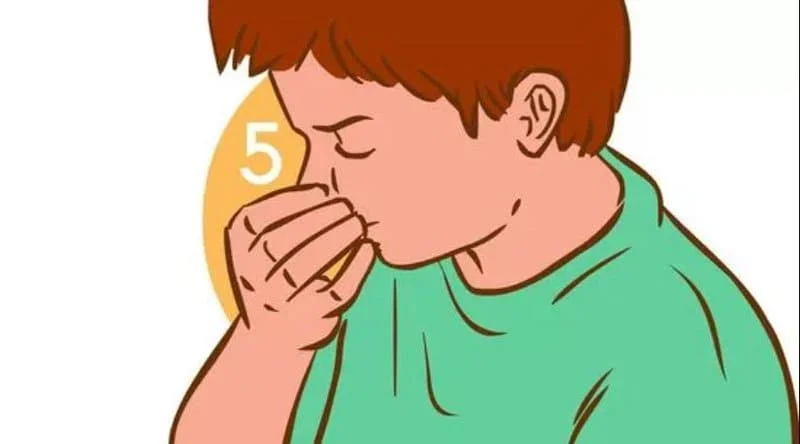
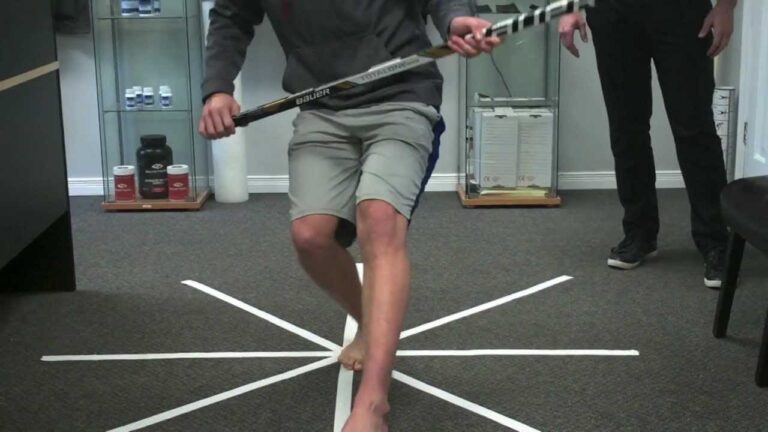
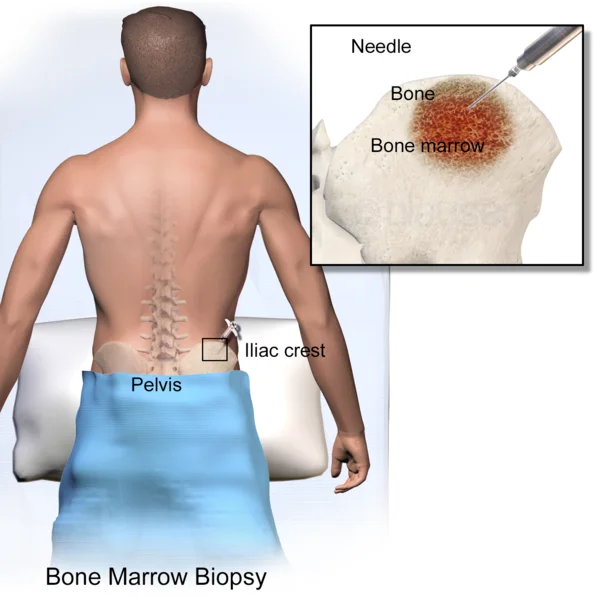
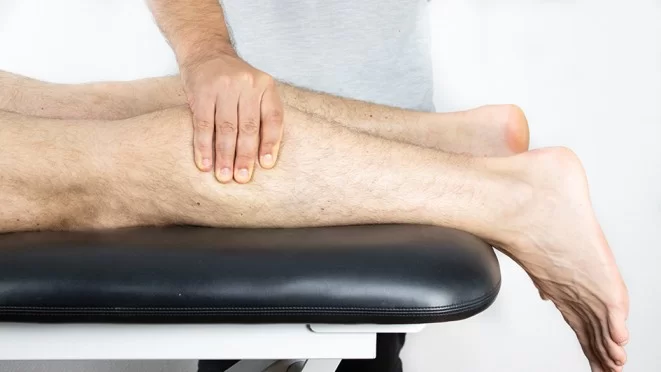

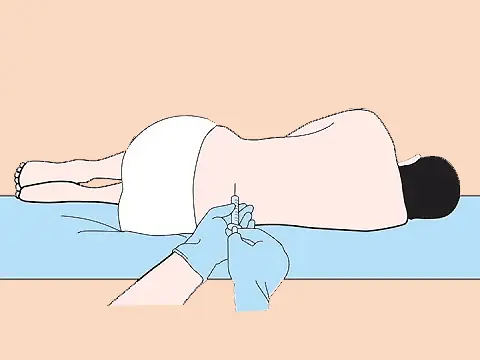
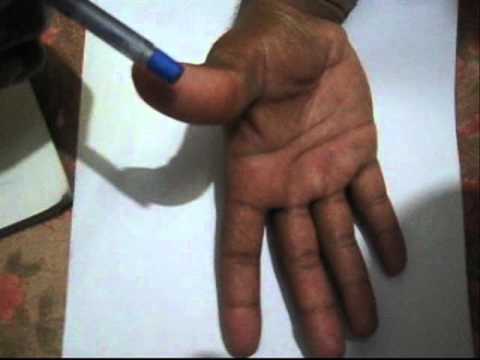
One Comment